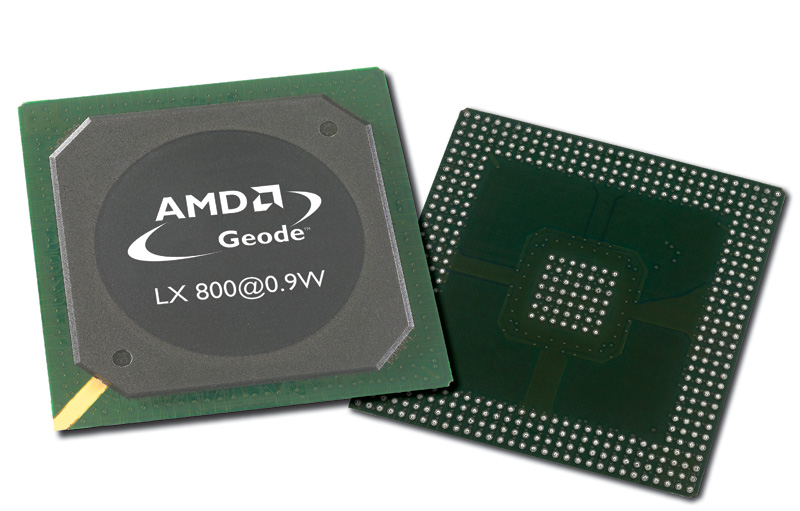Ultra-low-voltage processor on:
[Wikipedia]
[Google]
[Amazon]
 Ultra-low-voltage processors (ULV processors) are a class of
Ultra-low-voltage processors (ULV processors) are a class of
 Ultra-low-voltage processors (ULV processors) are a class of
Ultra-low-voltage processors (ULV processors) are a class of microprocessor
A microprocessor is a computer processor where the data processing logic and control is included on a single integrated circuit, or a small number of integrated circuits. The microprocessor contains the arithmetic, logic, and control circu ...
that are deliberately underclocked to consume less power (typically 17 W or below), at the expense of performance.
These processors are commonly used in subnotebook
Subnotebook, also called ultraportable, superportable, or mini notebook, was a marketing term for laptop computers that are smaller and lighter than a typical notebook-sized laptop.
Types and sizes
As typical laptop sizes have decreased over ...
s, netbook
Netbook was a commonly used term that identified a product class of small and inexpensive laptops which were sold from 2007 to around 2013. These machines were designed primarily as cost-effective tools for consumers to access the Inte ...
s, ultraportable
Subnotebook, also called ultraportable, superportable, or mini notebook, was a marketing term for laptop computers that are smaller and lighter than a typical notebook-sized laptop.
Types and sizes
As typical laptop sizes have decreased over t ...
s and embedded device
An embedded system is a computer system—a combination of a computer processor, computer memory, and input/output peripheral devices—that has a dedicated function within a larger mechanical or electronic system. It is ''embedded'' a ...
s; where low heat dissipation and long battery life
An electric battery is a source of electric power consisting of one or more electrochemical cells with external connections for powering electrical devices.
When a battery is supplying power, its positive terminal is the cathode and its neg ...
are required.
Notable examples
*Intel Atom
Intel Atom is the brand name for a line of IA-32 and x86-64 instruction set ultra-low-voltage processors by Intel Corporation designed to reduce electric consumption and power dissipation in comparison with ordinary processors of the Intel ...
– Up to 2.0 GHz at 2.4 W (Z550)
* Intel Pentium M – Up to 1.3 GHz at 5 W (ULV 773)
* Intel Core 2 Solo – Up to 1.4 GHz at 5.5 W (SU3500)
* Intel Core Solo – Up to 1.3 GHz at 5.5 W (U1500)
* Intel Celeron M – Up to 1.2 GHz at 5.5 W (ULV 722)
* VIA Eden – Up to 1.5 GHz at 7.5 W
* VIA C7 – Up to 1.6 GHz at 8 W (C7-M ULV)
* VIA Nano
The VIA Nano (formerly code-named VIA Isaiah) is a 64-bit CPU for personal computers. The VIA Nano was released by VIA Technologies in 2008 after five years of development by its CPU division, Centaur Technology. This new Isaiah 64-bit architec ...
– Up to 1.3 GHz at 8 W (U2250)
* AMD Athlon Neo – Up to 1 GHz at 8 W (Sempron 200U)
* AMD Geode – Up to 1 GHz at 9 W (NX 1500)
* Intel Core 2 Duo
Intel Core is a line of streamlined midrange consumer, workstation and enthusiast computer central processing units (CPUs) marketed by Intel Corporation. These processors displaced the existing mid- to high-end Pentium processors at the time ...
– Up to 1.3 GHz at 10 W (U7700)
* Intel Core i3/i5/i7 – Up to 1.5 GHz at 13 W (Core i7 3689Y)
* AMD A Series – Up to 3.2 GHz at 15 W (A10-7300P)
See also
* Consumer Ultra-Low Voltage – a low power platform developed by IntelReferences
{{hardware-stub Embedded systems Microprocessors